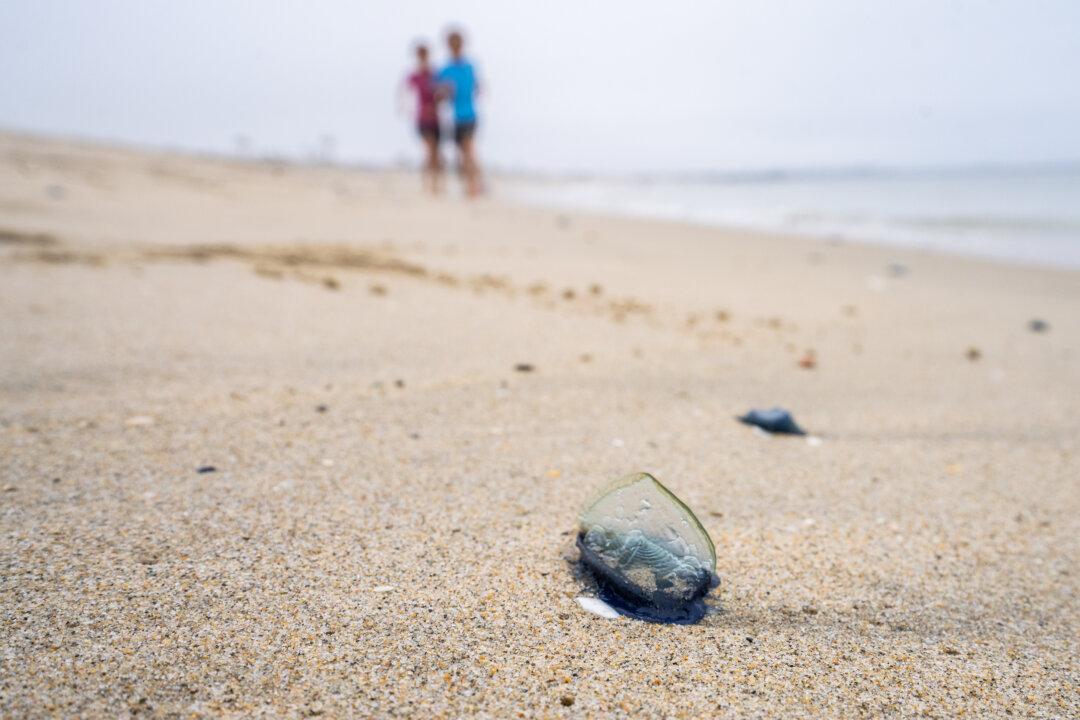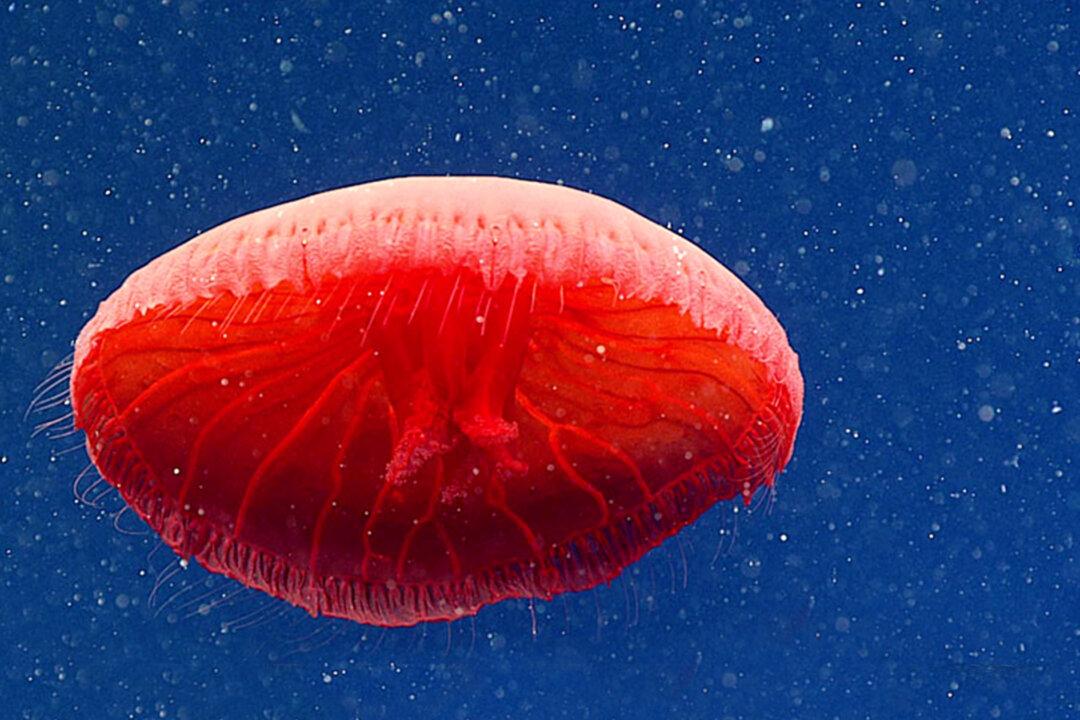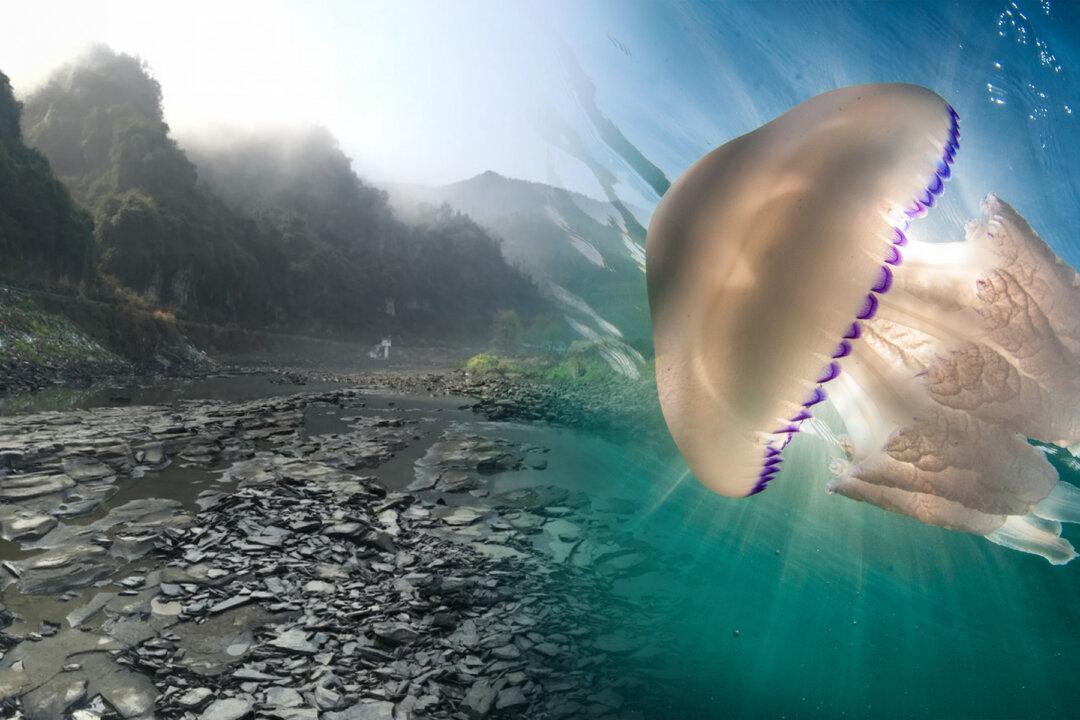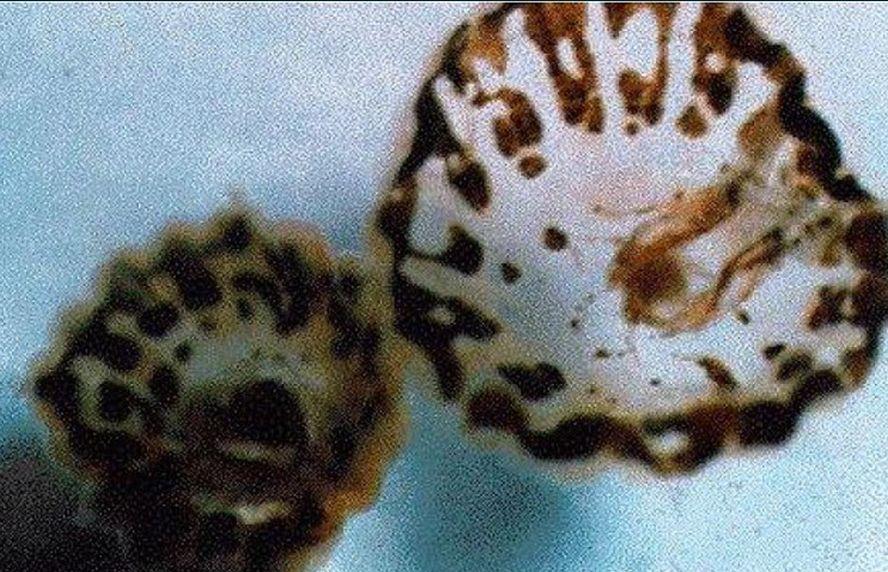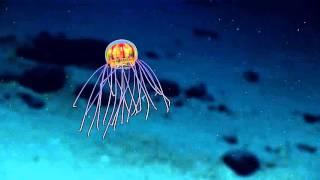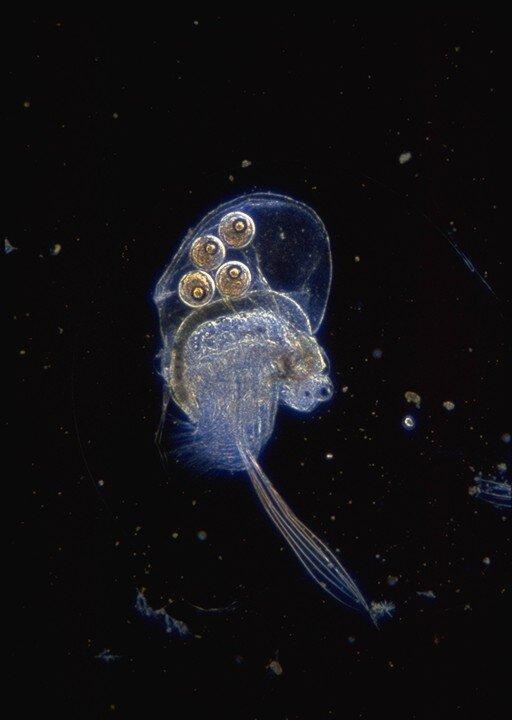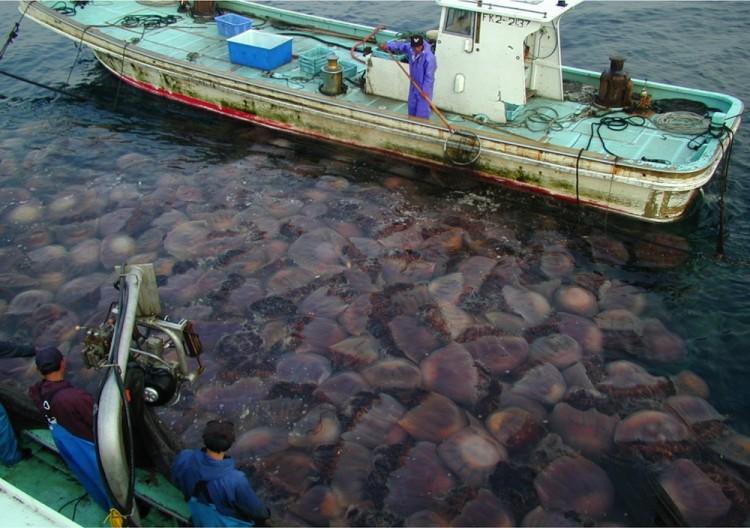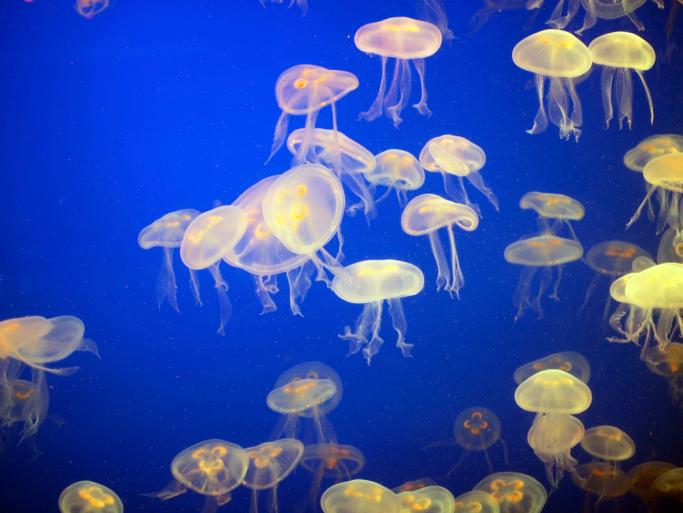Focus
jellyfish
A ‘Spaceship’ Jelly Was Spotted Dancing Through Water Column (Video)
A red jelly was recently spotted ‘dancing through the water column’ during a NOAA deepwater mission near Wake Island.
|
Attack of the Jellies: The Winners of Ocean Acidification
For most marine biologists, myself included, it wasn’t until 2005 that it dawned on us that a third of all human-caused carbon dioxide emissions are dissolving into and acidifying the sea.
|
Immortal Jellyfish Roams the Earth’s Oceans (Video)
A species of jellyfish is able to continuously turn back the clock on its aging process, and as long as it doesn’t succumb to disease or outside threat, it’s believed to live forever.
|
‘Jellification’ Affecting Biology of Canadian Lakes, Study Shows
Prolonged periods of acid rain and timber harvesting is altering the balance of aquatic organisms in many Canadian lakes, leading to the growth of nutrient-poor jelly-clad organisms that clog waterways, a new study finds.
|
Rare Bizarre-Looking Creature Spotted by Underwater Researchers (Video)
Recently the National Oceanic and Atmospheric Administration captured footage of a hydromedusa gracefully maneuvering around in the water.
|
Thousands of Mystery Creatures Invading Beach (Video)
Thousands of palm-sized jellyfish-like creatures washed up Tuesday night at a beach in Southern California, baffling visitors.
|
Jellyfish Blooms Linked With Periodic Global Fluctuations
Contrary to popular belief, the apparent increase in blooms of jellyfish around the world may simply be a natural rise and fall in populations over the decades.
|
Man-Made Structures May Encourage Jellyfish Blooms
Coastal marine infrastructure like aquaculture farms and oil rigs could provide jellyfish larvae with ideal settlement grounds and contribute to the recent global increase in adult blooms.
|
A ‘Spaceship’ Jelly Was Spotted Dancing Through Water Column (Video)
A red jelly was recently spotted ‘dancing through the water column’ during a NOAA deepwater mission near Wake Island.
|
Attack of the Jellies: The Winners of Ocean Acidification
For most marine biologists, myself included, it wasn’t until 2005 that it dawned on us that a third of all human-caused carbon dioxide emissions are dissolving into and acidifying the sea.
|
Immortal Jellyfish Roams the Earth’s Oceans (Video)
A species of jellyfish is able to continuously turn back the clock on its aging process, and as long as it doesn’t succumb to disease or outside threat, it’s believed to live forever.
|
‘Jellification’ Affecting Biology of Canadian Lakes, Study Shows
Prolonged periods of acid rain and timber harvesting is altering the balance of aquatic organisms in many Canadian lakes, leading to the growth of nutrient-poor jelly-clad organisms that clog waterways, a new study finds.
|
Rare Bizarre-Looking Creature Spotted by Underwater Researchers (Video)
Recently the National Oceanic and Atmospheric Administration captured footage of a hydromedusa gracefully maneuvering around in the water.
|
Thousands of Mystery Creatures Invading Beach (Video)
Thousands of palm-sized jellyfish-like creatures washed up Tuesday night at a beach in Southern California, baffling visitors.
|
Jellyfish Blooms Linked With Periodic Global Fluctuations
Contrary to popular belief, the apparent increase in blooms of jellyfish around the world may simply be a natural rise and fall in populations over the decades.
|
Man-Made Structures May Encourage Jellyfish Blooms
Coastal marine infrastructure like aquaculture farms and oil rigs could provide jellyfish larvae with ideal settlement grounds and contribute to the recent global increase in adult blooms.
|

